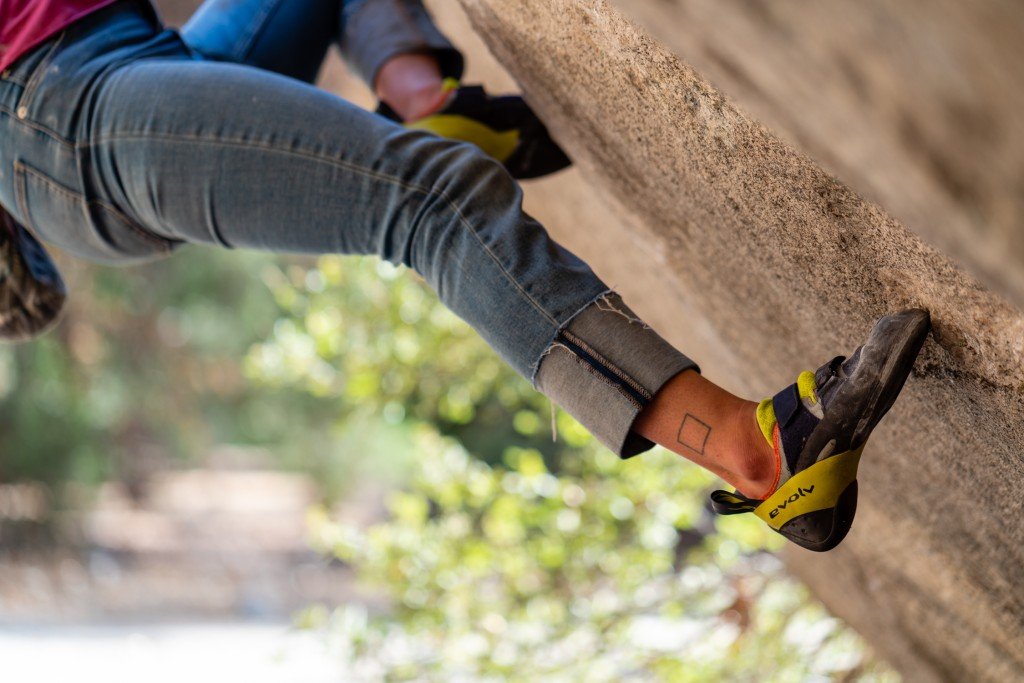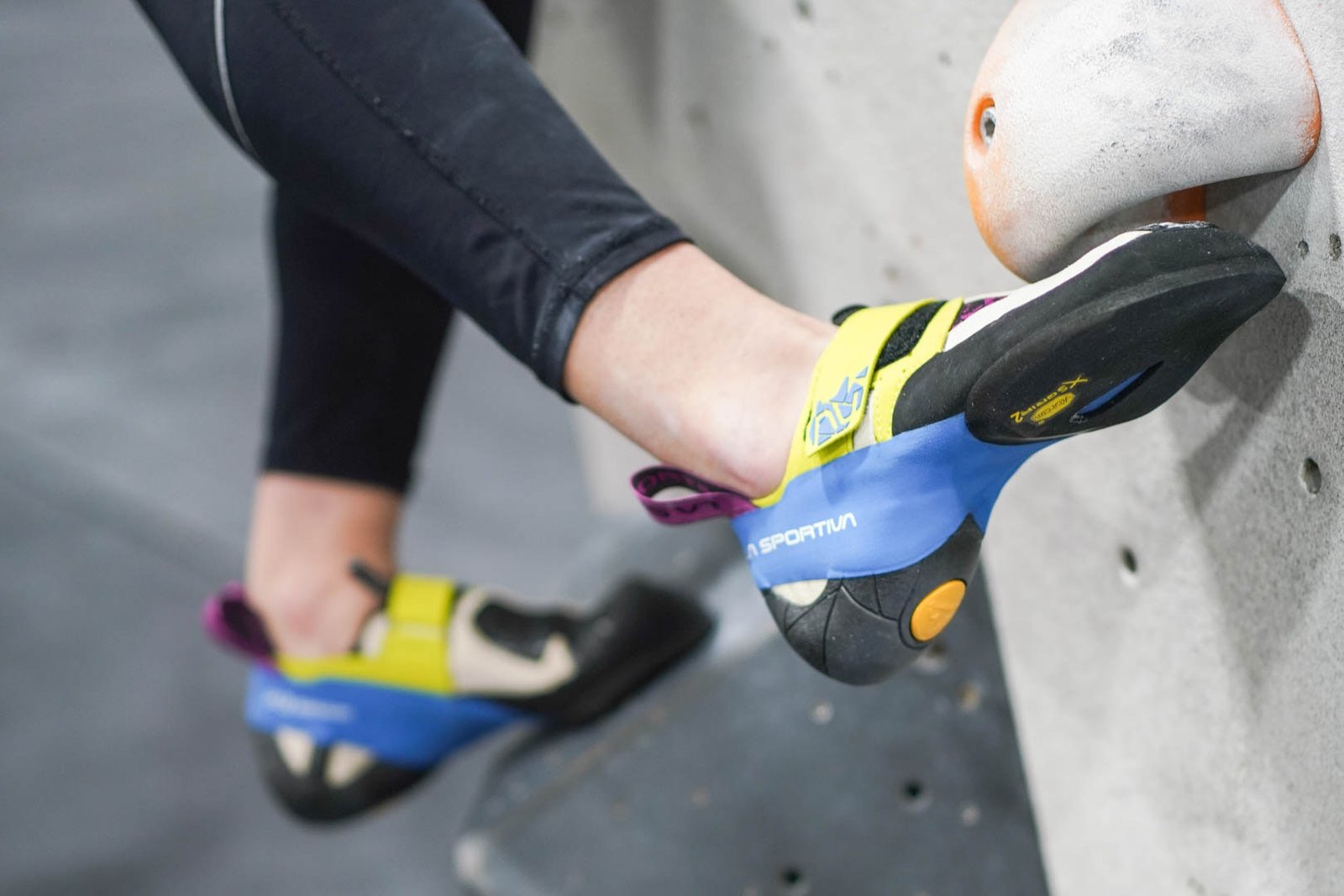Climbing shoes are one of the most essential pieces of gear for any climber. They provide grip, support, and comfort on the rock. But they also wear out over time and need to be repaired or replaced.
If you want to save money and extend the life of your climbing shoes, you might want to consider re-soling them. Resoling is the process of replacing the worn-out rubber on the bottom of your shoes with new ones.
In this blog post, we will show you the ultimate guide to resoling your climbing shoes and how to find the best climbing shoes near me.
When to Resole Your Climbing Shoes
The first question you might have is when to resole your climbing shoes. The answer depends on several factors, such as how often you climb, what type of terrain you climb on, how hard you climb, and how well you take care of your shoes.
But as a general rule of thumb, you should resole your climbing shoes when:
- You see holes or cracks in the rubber of the sole or rand
- You feel the rubber getting thinner or softer than usual
- You notice a loss of grip or sensitivity on the rock
- You see the shape or fit of your shoes changing due to stretching or deformation
If you wait too long to resole your climbing shoes, you might damage them beyond repair.
For example, if you wear through the rand and expose the leather or synthetic upper, you might create holes that are impossible to fix.
Or if you wear through the sole and expose the midsole (the layer between the sole and the upper), you might compromise the structure and support of your shoes.
To avoid these problems, it’s better to resole your climbing shoes sooner rather than later.
A good way to keep track of your shoe condition is to inspect them regularly and compare them with a new pair. You can also use a coin or a ruler to measure the thickness of the rubber. If it’s less than 2 mm (about the thickness of a nickel), it’s time to resole.
Another factor to consider is how often you climb and how many pairs of shoes you have.
If you climb frequently and only have one pair of shoes, you might want to resole them more often to avoid downtime.
If you climb less often or have multiple pairs of shoes, you might be able to resole them less frequently or rotate them.
For example, I climb about three times a week and have two pairs of shoes: one for sport climbing and one for bouldering.
I usually resole my sport climbing shoes every six months and my bouldering shoes every year. This way, I always have a pair of fresh shoes ready for my next project.

How to Resole Your Climbing Shoes
The next question you might have is how to resole your climbing shoes. The answer is simple: find a reputable resoler near you or online and send them your shoes. You can search for “climbing shoes near me” on Google or Bing and see if there are any local resolers in your area. Or you can check out some online resolers that offer mail-in service.
Some of the most popular online resolers are:
- Rock and Resole
- Rubber Room
- Yosemite Bum
- Ramuta’s Resoles
The Benefits and Costs of Resoling Your Climbing Shoes
The final question you might have is what are the benefits and costs of resoling your climbing shoes. The answer is that resoling your climbing shoes has many advantages, but also some drawbacks. Here are some of the pros and cons of resoling your climbing shoes:
Pros
- You can save money by resoling your climbing shoes instead of buying new ones. Resoling usually costs between $30 and $60 per pair, depending on the type and extent of the repair. Buying new shoes can cost between $100 and $200 per pair, depending on the brand and model.
- You can extend the lifespan of your climbing shoes by resoling them. Resoling can add several months or even years to your shoe life, depending on how often you climb and how well you take care of your shoes. You can also resole your shoes multiple times, as long as the upper and midsole are still intact.
- You can preserve the fit and comfort of your climbing shoes by resoling them. Resoling can restore the shape and snugness of your shoes without affecting the break-in process. You can also request a resoler to adjust the fit or stretch of your shoes if needed.
- You can improve the performance and grip of your climbing shoes by resoling them. Resoling can replace worn-out rubber with new rubber that has better friction and sensitivity. You can also choose a different type or thickness of rubber to suit your preference or climbing style.
- You can reduce the environmental impact of your climbing shoes by resoling them. Resoling can prevent unnecessary waste and pollution from discarding old shoes or producing new ones. You can also support local businesses and communities by choosing a resoler near you.
Cons
- You might lose some time and convenience by resoling your climbing shoes. Resoling can take several weeks, during which you won’t be able to use your shoes. You might also have to pay for shipping or drive to a resoler if there’s none near you.
- You might lose some originality and aesthetics by resoling your climbing shoes. Resoling can change the look and feel of your shoes, especially if you choose a different type or color of rubber. You might also notice some marks or stitches from the repair process.
- You might lose some consistency and quality by resoling your climbing shoes. Resoling can vary in results, depending on the skill and experience of the resoler. You might also encounter some issues or defects with the new rubber, such as bubbles, cracks, or peeling.















